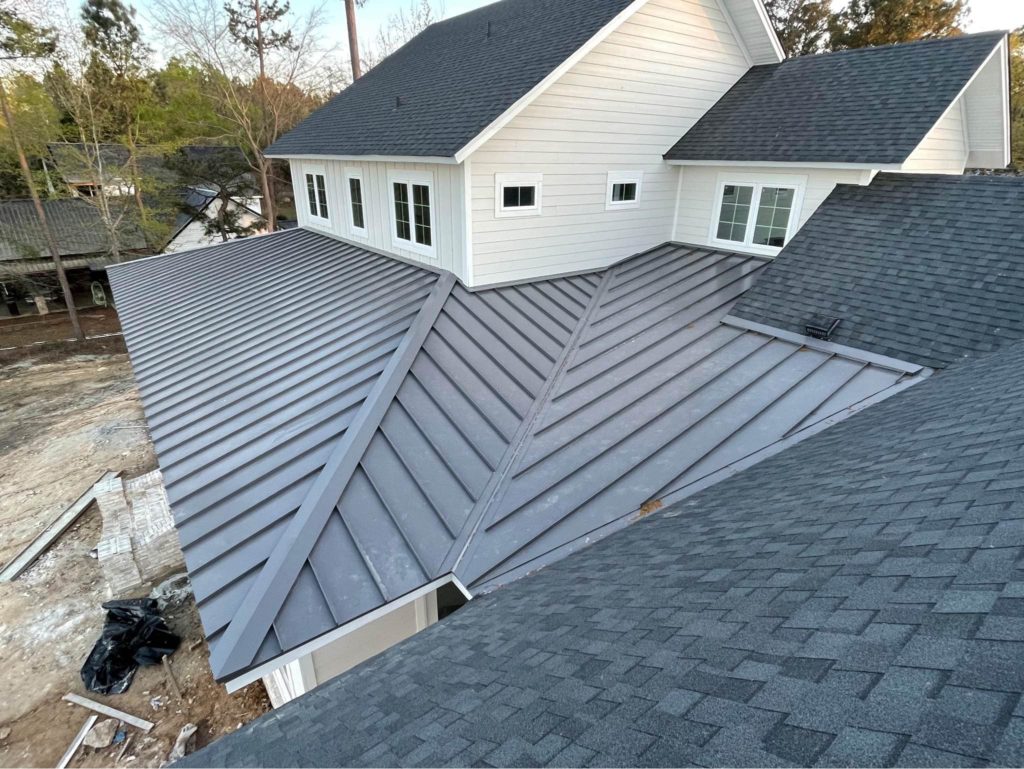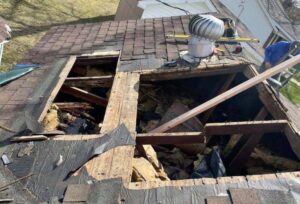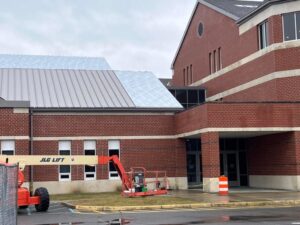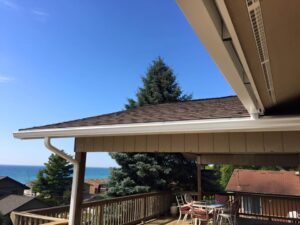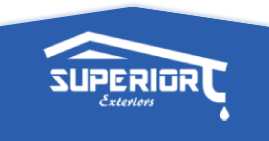Understanding the Different Types of Residential Metal Roofing
Metal roofing is an increasingly popular option for homeowners looking for a durable and cost-effective way to protect their homes. It offers many advantages over other materials, such as its durability, fire-resistance, energy efficiency, and low maintenance requirements. Whether you’re looking for the traditional look of shingles or something more modern like standing seam panels, there are plenty of options available when it comes to residential metal roofing. This article will explore the different types of metal roofing available on the market today and discuss their pros and cons so you can make an informed decision that best meets your needs.
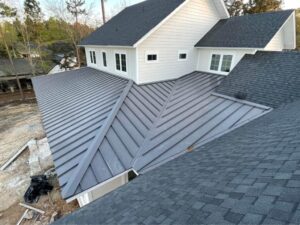
Overview of Residential Metal Roofing
Residential metal roofing offers homeowners a durable and long-lasting roofing solution that is designed to withstand the harsh elements of nature. For example, metal roofing is fire-resistant, impact-resistant, and highly resistant to weathering. Additionally, it has excellent energy efficiency properties that can help reduce your energy bills. As for styles, there are many different types of residential metal roofs available on the market today such as shingle panels, standing seam panels, corrugated panels and more.
Pros and Cons of Residential Metal Roofing
As with any roofing material, residential metal roofs have pros and cons that you should consider before making your purchase. On the plus side, metal roofs are highly durable and typically last up to three times longer than traditional asphalt shingles. Additionally, they often come with a manufacturer’s warranty for added protection. On the downside, metal roofs can be noisy during rain and hail storms, and can also suffer from thermal expansion and contraction due to extreme temperatures.
Installation Techniques & Maintenance Tips
When it comes to installation metal roofing techniques, metal roofing is generally easier to install than other types of roofing materials. However, it is important to hire a qualified roofing contractor who has experience installing metal roofs in order to ensure the job is done properly and safely. As for maintenance, metal roofing requires very little upkeep and can often be maintained with just an occasional wash down with a garden hose.
Potential Risks Associated with Metal Roofing
Although metal roofing is a low maintenance option, there are potential risks associated with this type of roof. For instance, metal roofs can corrode over time if not properly cared for or exposed to harsh elements such as salt-water air and industrial pollutants. Additionally, strong winds can cause the material to become loose and eventually come off the roof. Therefore, it is important to make sure your roof is properly installed and regularly inspected for signs of damage or wear.
Selecting the Right Type of Metal Roof
The type of metal roof you choose should depend on a variety of factors including the size and shape of your home, your climate, budget, and aesthetic preferences. It is also important to consider the installation and maintenance requirements associated with each type of metal roof. To make sure you’re making an informed decision, it is recommended that you consult with a qualified contractor who can provide you with further guidance on selecting the right type of metal roof for your home.
Metal roofs offer homeowners many advantages over other types of roofing materials. Nonetheless, it is important to weigh the pros and cons before deciding which type of metal roof is best for your home. By understanding the different types available, their associated costs, and potential risks, you can make an informed decision that best meets your needs. In addition, make sure to hire a qualified contractor who has experience installing metal roofs in order to ensure the job is done properly and safely. With this knowledge, you can enjoy all the benefits of a long-lasting, durable, and cost-effective metal roof for years to come.
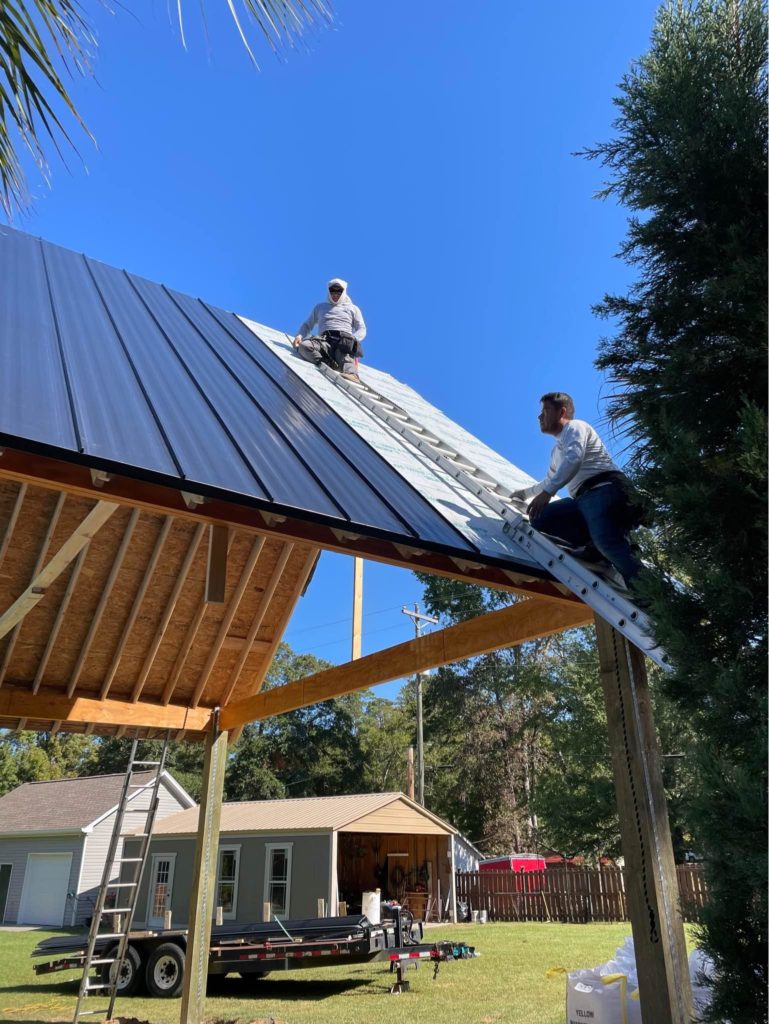
https://www.google.com/maps?cid=9071426352710089089

